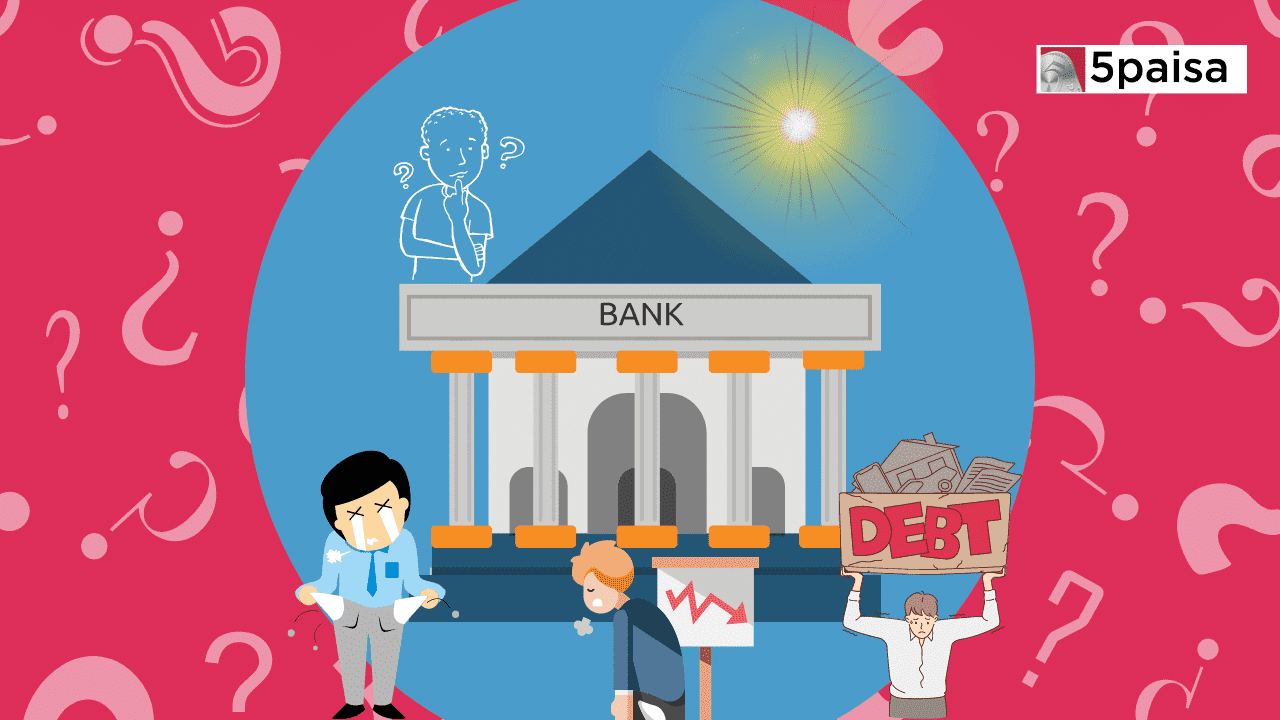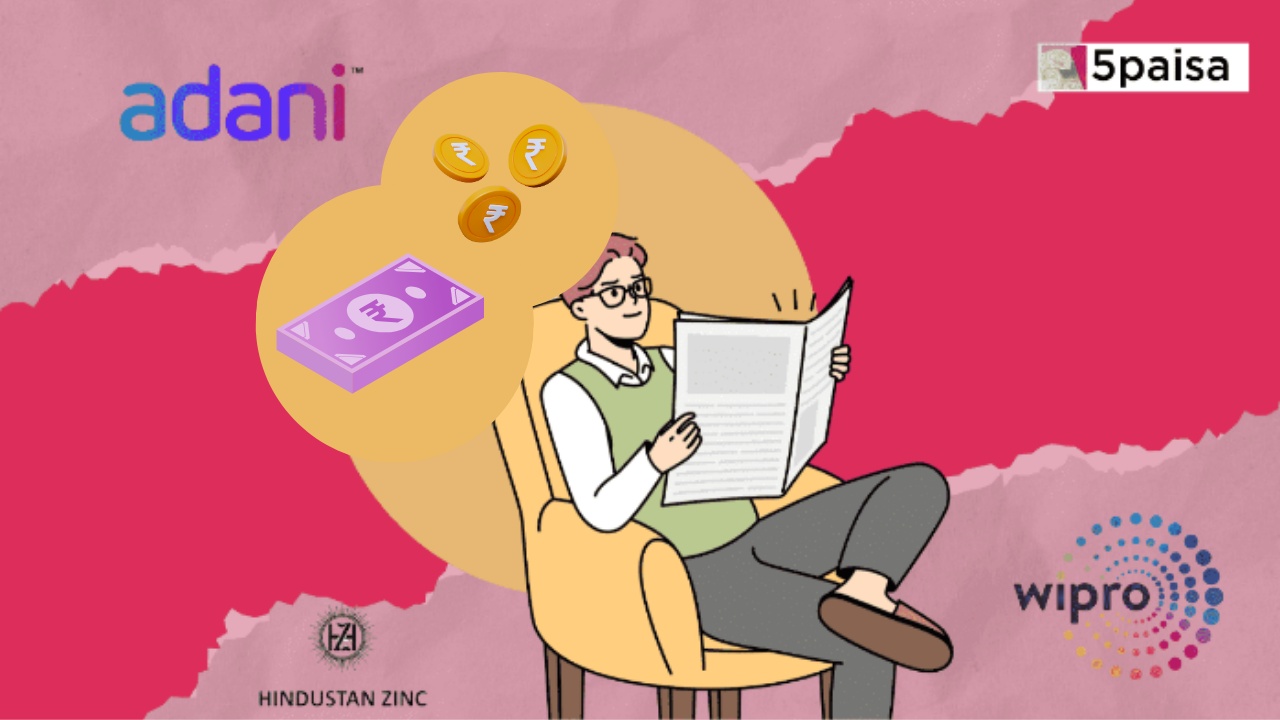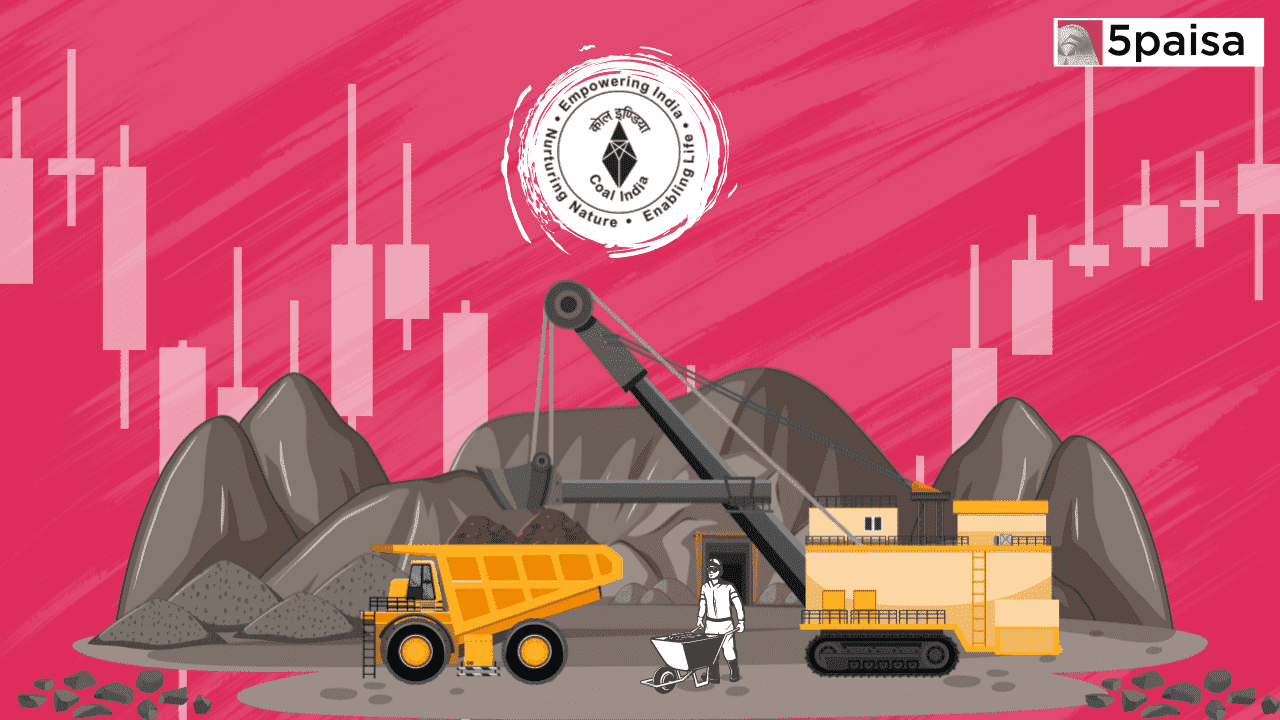Introduction
Last week, two companies from different parts of the world and industries failed. One was Go Air, an Indian airline, while the other was First Republic Bank. Despite their differences, they both suffered a similar fate - Bankruptcy! Go Air was left to rot and die, while the world's largest bank JP Morgan took over First Republic.
Now, have you ever thought that banks are the only businesses that are never allowed to die, no matter how badly they may be failing? Even if a bank is riddled with corruption and mismanagement, the government will always step in to keep it afloat.
For example, recently when Silicon Valley Bank collapsed due to poor risk management, the FDIC stepped in to guarantee all depositors - even the uninsured ones - would get their money back. They then sold the bank to First Citizen Bank. Similarly, when our very own Yes Bank went under due to excessive bad loans and poor management, the RBI took control, assured all depositors, and infused ₹10,000 crore of equity capital from SBI and other banks.
But why do banks get special treatment?
To understand that, let's take a closer look at the banking business. Banking business is pretty simple- they take deposits from people like you and me, pay us a low rate of interest, and lend most of those deposits out to others at a higher rate. They also invest some of their money into things like bonds and keep some in cash to be safe.
Simple, right?
Not really. There are a lot of things that can go wrong with banks.
Let's say a bank has a capital of Rs. 100 and liabilities that are its deposits of ₹1000. After setting aside ₹200 for statutory liquidity reserve and cash reserve ratio, the bank is left with ₹800 to lend out. But what happens if 10% of those loans go bad and the money isn't repaid?
The bank will have to dig up its capital to repay the loan. The bank's capital will drop to a dangerously low level of Rs. 20.
Now, picture this: the news gets out that the bank is in trouble, and all the business news channels and analysts start talking about it. Customers start to panic and want to withdraw their money from the bank, but the bank doesn't have all that cash lying around! It's already lent out to other people!
If the bank stops people from withdrawing their money, customers will start to lose faith in the banking system. They'll think, "If I can't trust this bank, can I trust any bank?" And that's when things start to go downhill fast. People will start to withdraw their money from other banks too, and it will cause a chain reaction. And honestly, no government can afford this.
So, what can be done to avoid this nightmare scenario?
Someone needs to infuse capital into the bank to restore confidence among customers. Because, you see, just a small amount of Rs. 80 can prevent much bigger losses from the bank going totally bust.
The government can step in and bail out the bank by injecting capital, but where do they get the money from?
Taxpayers, of course!
But wait, there are several other things that the government can do with that money that would benefit the public at large, like investing in healthcare and education. So, if not the government, who else can come to the bank's rescue? Here comes the concept of a "bail-in". In this case, creditors and depositors become the saviors. Their deposits are charged with bail-in money. That means if you had kept deposits with the troubled bank, you would have lost some of it if there had been a 'bail-in' instead of a 'bail-out'.
So which is the right way to go about it?
There is no right way. You see, if bail-ins become the norm, the government may stop caring about supervising banks and punishing lax or corrupt officials. After all, if a particular bank goes bust, the depositors will have to bail it out, and the government won't need to intervene.
This could be disastrous for the public, leading to a collapse of the entire financial system.
On the other hand, bailouts aren't doing any good either. When banks know they will be rescued by the government and the RBI no matter what, they can take even greater risks in the future, which is bad news for taxpayers and depositors alike.
So what's the right way to handle failing banks? It's a tough question with no easy answer. But one thing's for sure: someone will have to pay the price for reckless behavior, whether it's the government, the depositors, or someone else entirely.






